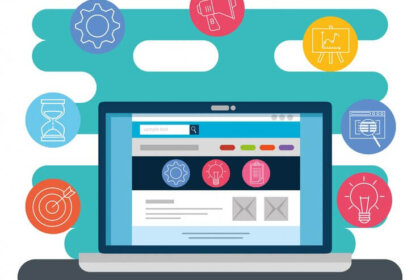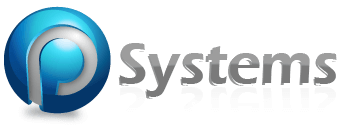
Intranet portals have come a long way from being simple, static platforms for internal communication. As organizations adapt to the evolving needs of the modern workforce, intranet portals have undergone a transformation, embracing new trends and technologies to enhance collaboration, productivity, and engagement. In this blog, we’ll explore some of the exciting new trends in intranet portals that are shaping the digital workplace of today and tomorrow.
- Mobile Optimization: With the increasing use of smartphones and remote work becoming the norm, mobile optimization is a must. Modern intranet portals are designed to be mobile-friendly, ensuring that employees can access essential information and collaborate on the go.
- Personalization: Personalized content is a big trend. Intranet portals are using AI and machine learning to curate content based on an employee’s role, preferences, and past interactions. This ensures that employees see relevant information when they log in, improving engagement and efficiency.
- Integration with Collaboration Tools: Intranet portals are integrating with popular collaboration tools like Microsoft Teams, Slack, and Zoom. This provides a seamless experience for employees, allowing them to access their collaborative workspaces, chat, and meetings directly from the portal.
- AI-Powered Search: Search functionality has evolved with the integration of AI. This enables more accurate and intelligent search results, making it easier for employees to find the information they need quickly.
- Gamification: To drive employee engagement, some intranet portals are introducing gamification elements. Employees can earn badges or rewards for completing tasks, contributing to discussions, or achieving specific goals, creating a more interactive and fun experience.
- Video Integration: Video content is on the rise. Intranet portals are incorporating video features for internal communication, training, and knowledge sharing. This engages employees with multimedia content and facilitates better information retention.
- Chatbots and Virtual Assistants: Chatbots and virtual assistants are being used for providing instant responses to common queries and automating routine tasks. They offer a 24/7 support system and help employees find information quickly.
- Analytics and Data Insights: Intranet portals are leveraging analytics to provide insights into user behavior, content engagement, and overall portal performance. This data-driven approach helps organizations make informed decisions to optimize their intranet.
- Employee Self-Service: Many intranet portals now feature self-service HR modules, allowing employees to manage their HR-related tasks, such as leave requests, benefits, and payroll information, all within the portal.
- Cybersecurity and Compliance: With the increasing importance of data security and compliance, intranet portals are focusing on robust security features and tools for ensuring regulatory compliance, protecting sensitive data, and preventing cyber threats.
- Voice Search and Integration: With the rise of voice-activated technology, some intranet portals are integrating voice search features, making it easier for employees to access information through voice commands.
Intranet portals are no longer mere static repositories of information; they’ve evolved into dynamic, personalized, and intelligent digital workplaces. Embracing these new trends can significantly enhance employee engagement, productivity, and collaboration. As organizations continue to adapt to a rapidly changing business landscape, staying updated with the latest intranet portal trends is essential to create a modern, efficient, and connected digital workplace.




